In this article, we will explore some tips and techniques to achieve creative lighting with practical effects that will undoubtedly add a wow factor to your work.
The Power of Practical Effects in Lighting
Practical effects refer to the use of physical objects or techniques to manipulate lighting. These effects can create unique and captivating visuals, adding depth, texture, and drama to your photos or videos. Unlike digital effects, practical effects are achieved in real-time, resulting in a more organic and authentic feel.
Here are some popular practical effects techniques:
- Gobos: These are templates or stencils placed in front of the light source to create patterns or shapes. Gobos are widely used in theatre productions, but they can also be utilized to cast stunning shadows or add texture to your shots.
- Practical Lighting: Incorporating practical light sources, such as lamps or candles, into your scene can add a warm and cozy feel. Experimenting with different practical lighting setups can enhance the overall aesthetic and storytelling aspect of your work.
- Colored Filters: Placing colored filters in front of your lights can create a vibrant and atmospheric effect. Different colors evoke distinct emotions, allowing you to convey the desired mood in your visuals. Think of the warm tones of a sunset or the cool blues of moonlight.
- Light Painting: This technique involves using a handheld light source or moving the camera while the shutter is open. It allows you to draw or paint with light, resulting in mesmerizing streaks or trails of illumination. Light painting is particularly popular in fine art photography and astrophotography.
- Practical Special Effects: Implementing practical special effects, such as smoke, fog, or rain, can add an ethereal or dramatic element to your shots. These effects can be achieved through professional tools or even DIY methods, like using a fog machine or spraying water droplets onto glass.
Advantages of Creative Lighting with Practical Effects
Now that we have explored some practical effects techniques, let’s take a look at their advantages:
- Enhanced Creativity: Practical effects allow you to push boundaries and experiment with new ideas. They inspire innovation and help you develop a unique visual style that sets you apart from others in your field.
- Added Depth and Texture: By incorporating practical effects, you can add depth and texture to your images or footage. Shadows, patterns, and layers create a multidimensional feel, making your work visually captivating.
- Authentic Atmosphere: Practical effects contribute to creating a realistic and immersive atmosphere, making your audience feel connected to your content. They evoke emotions and help convey the story or message you want to tell.
- Time and Cost Efficiency: While digital effects can be time-consuming and expensive to create, practical effects offer a more efficient alternative. With some creativity and resourcefulness, you can achieve outstanding results without breaking the bank.
Key Takeaways for Mastering Creative Lighting
Here are the key takeaways to achieve great results with creative lighting:
- Experiment: Don’t be afraid to try new things and step out of your comfort zone. Creative lighting is all about exploring different techniques and discovering what works best for your artistic vision.
- Plan Ahead: Before starting a shoot, visualize the final look you want to achieve. Prepare the necessary equipment, props, and lighting fixtures to ensure a smooth workflow.
- Practice Patience: Mastering creative lighting takes time and practice. Be patient with yourself and keep learning from your mistakes. Embrace the learning process as it will ultimately lead to better results.
- Pay Attention to Details: Small tweaks and adjustments can make a significant difference. Carefully consider the placement, intensity, and color of your lights to create the desired impact.
- Stay Inspired: Continuously seek inspiration from other photographers, filmmakers, or artists. Study their work, attend workshops, and stay updated with the latest industry trends to keep your creativity flowing.
Remember, achieving creative lighting with practical effects requires a combination of technical knowledge, artistic vision, and experimentation. Embrace the possibilities, think outside the box, and let your imagination guide you. By mastering these techniques, you will elevate your work to new levels, leaving a lasting impression on your audience.

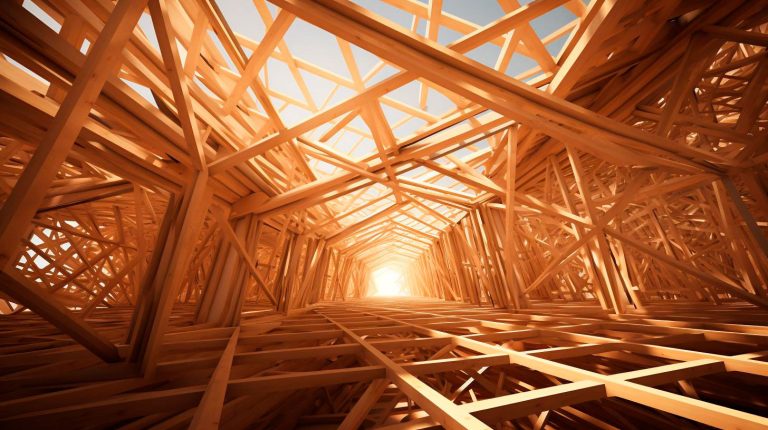

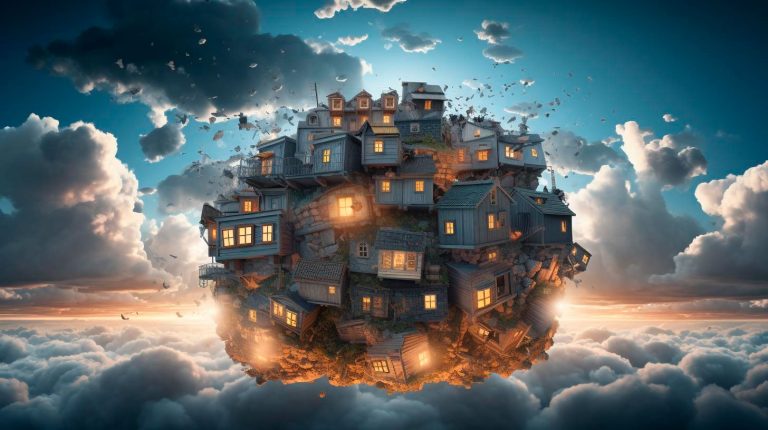
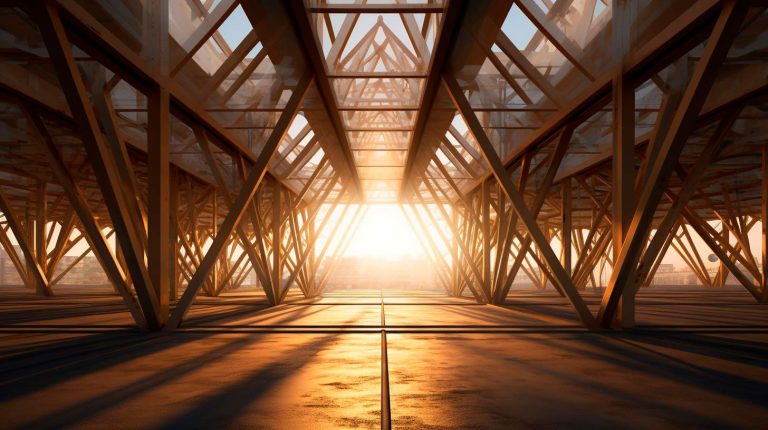
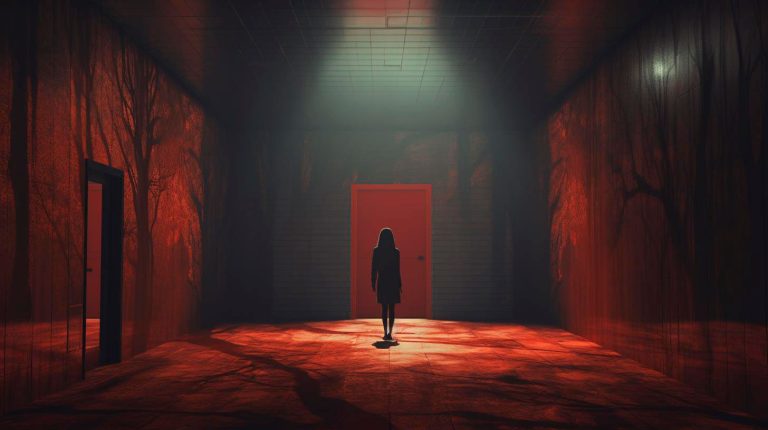



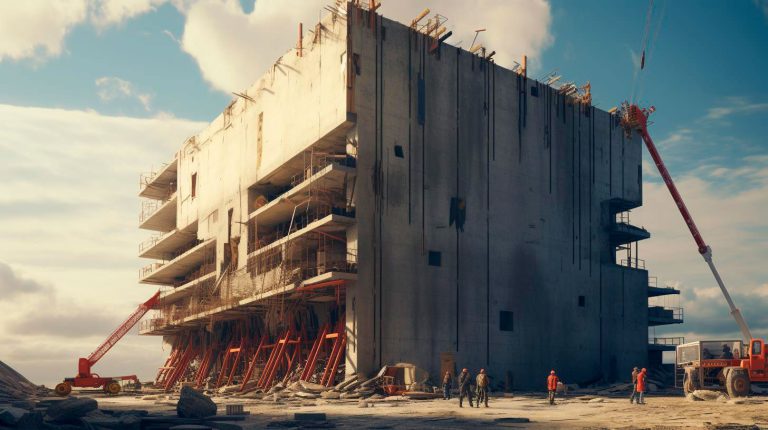
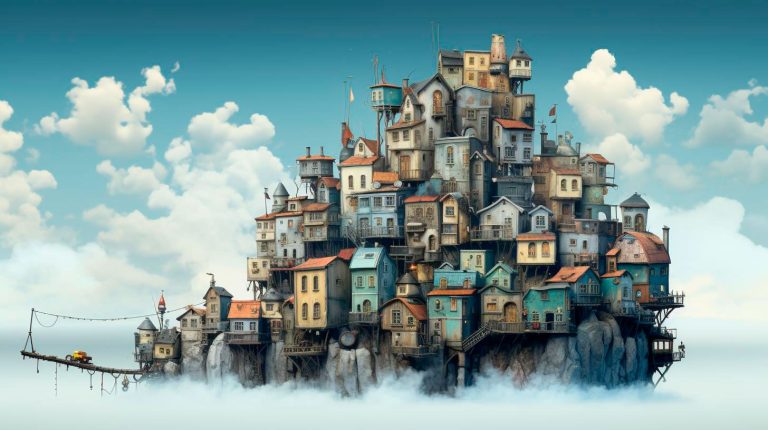








+ There are no comments
Add yours